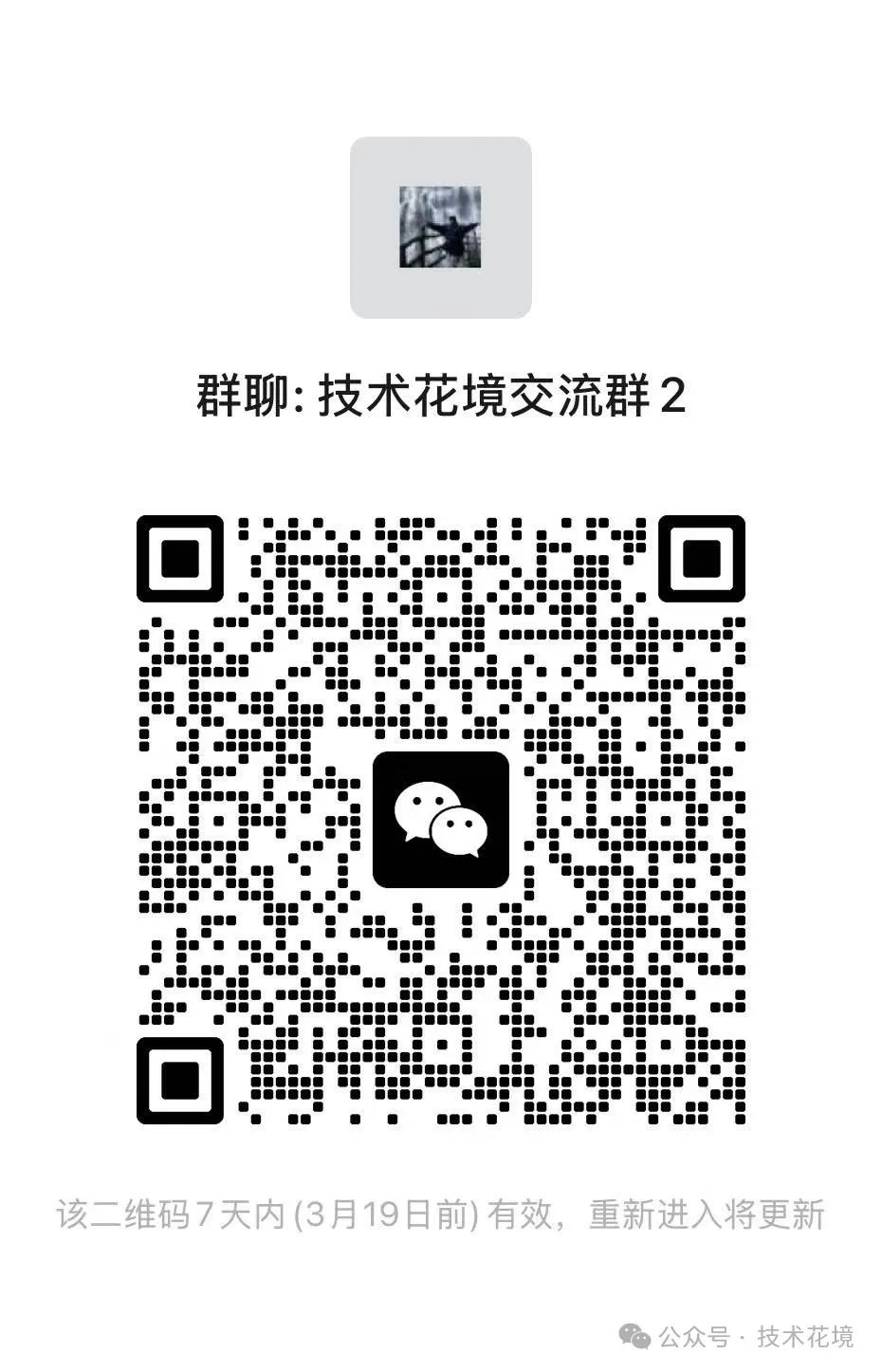Click the blue text to follow us
1. Concept and Background:
EtherCAT (Ethernet for Control Automation Technology) is a high-performance industrial Ethernet communication protocol widely used in the field of industrial automation. It was introduced by the German company Beckhoff in 2003 and standardized by IEC as an international standard (IEC 61158-2). EtherCAT has become one of the important protocols for industrial automation communication due to its efficiency, low latency, and support for ring network topology.
2. Core Features:
High Performance and Low Latency: EtherCAT achieves a transmission rate of up to 12 Mbit/s through optimized data processing techniques, with a minimum latency of 100 μs, meeting the high real-time requirements of industrial automation.
Support for Ring Network: It supports ring network topology, avoiding data collisions common in traditional Ethernet, simplifying wiring, and improving system reliability.
Wide Device Support: There are now over 6000 devices on the market that support EtherCAT, including PLCs, frequency converters, servo drives, I/O modules, sensors, and actuators.
Bandwidth and Hardware Cost Savings: It reduces bandwidth usage through “on-demand segmentation” technology, supports branch ports (Segments), and lowers hardware costs.
High Scalability: It supports hot-swappable functionality, allowing devices to be added or removed without shutting down, with the network scalable to up to 65535 devices.
3. Working Principle:
Master-Slave Architecture: A master station (Master) controls multiple slave stations (Slaves). The master sends frames containing data from all slaves, propagating along the ring network, with each slave processing data and filling in responses.
On-Demand Segmentation Technology: Data does not need to be segmented into small packets for transmission but is directly embedded in Ethernet frames, reducing the time for segmentation and reassembly, thus lowering latency.
Ring Network Processing: Data frames start from the master, passing through each slave in turn, and finally returning to the master. Each slave processes data in real-time, avoiding data collisions and retransmissions common in traditional Ethernet.
4. Application Areas:
Industrial Automation: Used for production line control, machine tool control, automated warehousing, etc.
Process Control: Applied in systems in the chemical, oil, and gas industries.
Servo Drive and Motion Control: High-precision servo motor control and motion synchronization.
Building Automation: Control and monitoring of smart building equipment.
Traffic Control: Traffic signal lights and management systems.
5. Comparison with Other Protocols:
Profinet: Introduced by Siemens, based on standard Ethernet, suitable for high-performance requirements, but with slightly higher latency than EtherCAT.
Modbus: A widely used protocol for decades, simple and low-cost, but slower, suitable for simple control systems.
DeviceNet: Safe and reliable, suitable for complex industrial applications, but with a complex architecture and higher costs.
6. Steps for Learning and Application:
Learn the Basics: Understand the basic principles of Ethernet and industrial communication.
Master the EtherCAT Protocol: Deeply learn the features and working principles of EtherCAT through official documentation, tutorials, and online courses.
Select Hardware and Software Tools: Choose devices that support EtherCAT, such as Beckhoff products, and familiarize yourself with related development and configuration tools like TwinCAT.
Practice and Projects: Gain practical experience by working on actual projects, such as building a simple EtherCAT network, to enhance proficiency.
Participate in Communities and Forums: Join relevant technical communities, consult experienced individuals, and obtain the latest technical information and problem-solving methods.
Quickly scan the QR code to join us!


 Technical Flower Garden Welcome to leave a message
Technical Flower Garden Welcome to leave a message